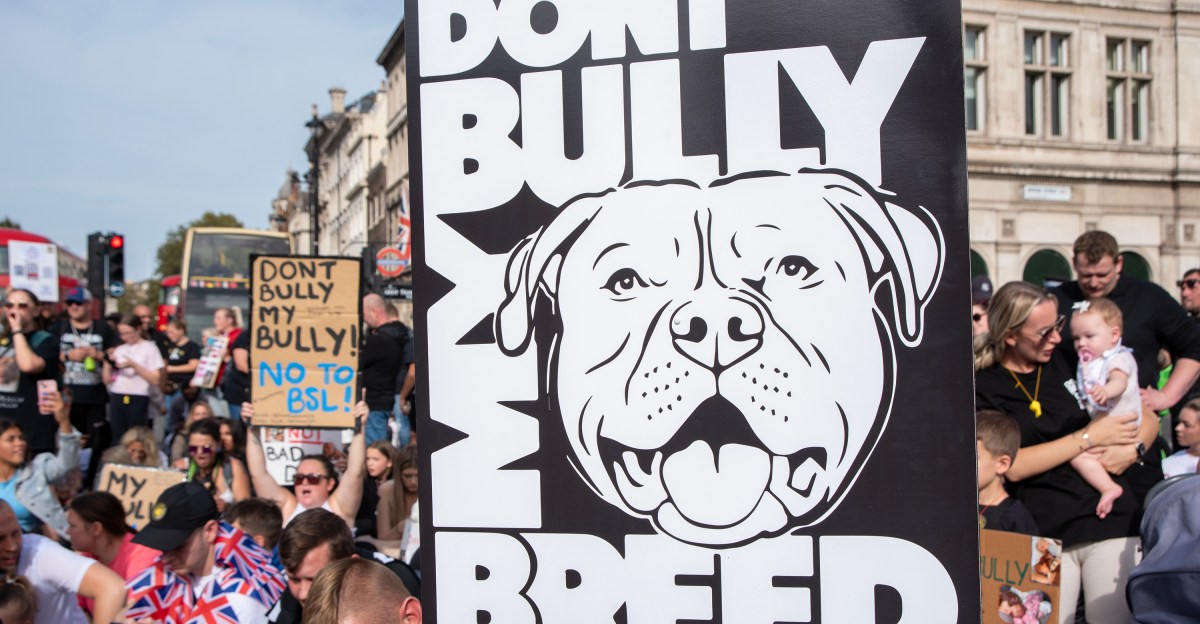Highlights: In a bizarre turn of events last month, UK Prime Minister Rishi Sunak announced that he would ban American XL bullies, a type of pit bull-shaped dog that had recently been implicated in a number of violent and sometimes deadly attacks.
XL bullies are perceived to be dangerous — but is that really rooted in reality?



FTA:
So if a dog is 10% pit bull, 20% German shepherd, 10% beagle 15% husky, 20% lab, 5% golden and 10% Belgian Malinois it counts towards “pit bulls” but no other breed? Got it. It’s almost like another form of historical discrimination by race said any percentage counts as belonging to the undesired race that is being targeted…
“Of unidentifiable dogs that have average dog characteristics we attributed generic criteria that meet any number of breeds but also fit the specific ones we wanted to target with our predetermined conclusion prior to executing this study. We were able to validate our desired outcome with this specific targeting.” #Science!
Mixed breed is a separate category from pit. Your example dog would be under mixed breed.